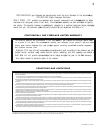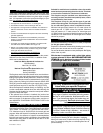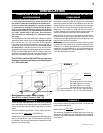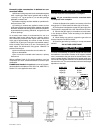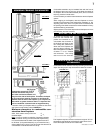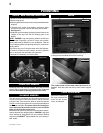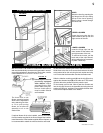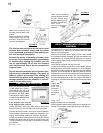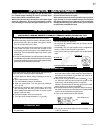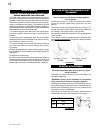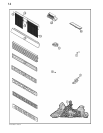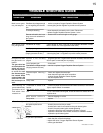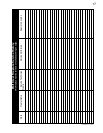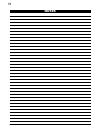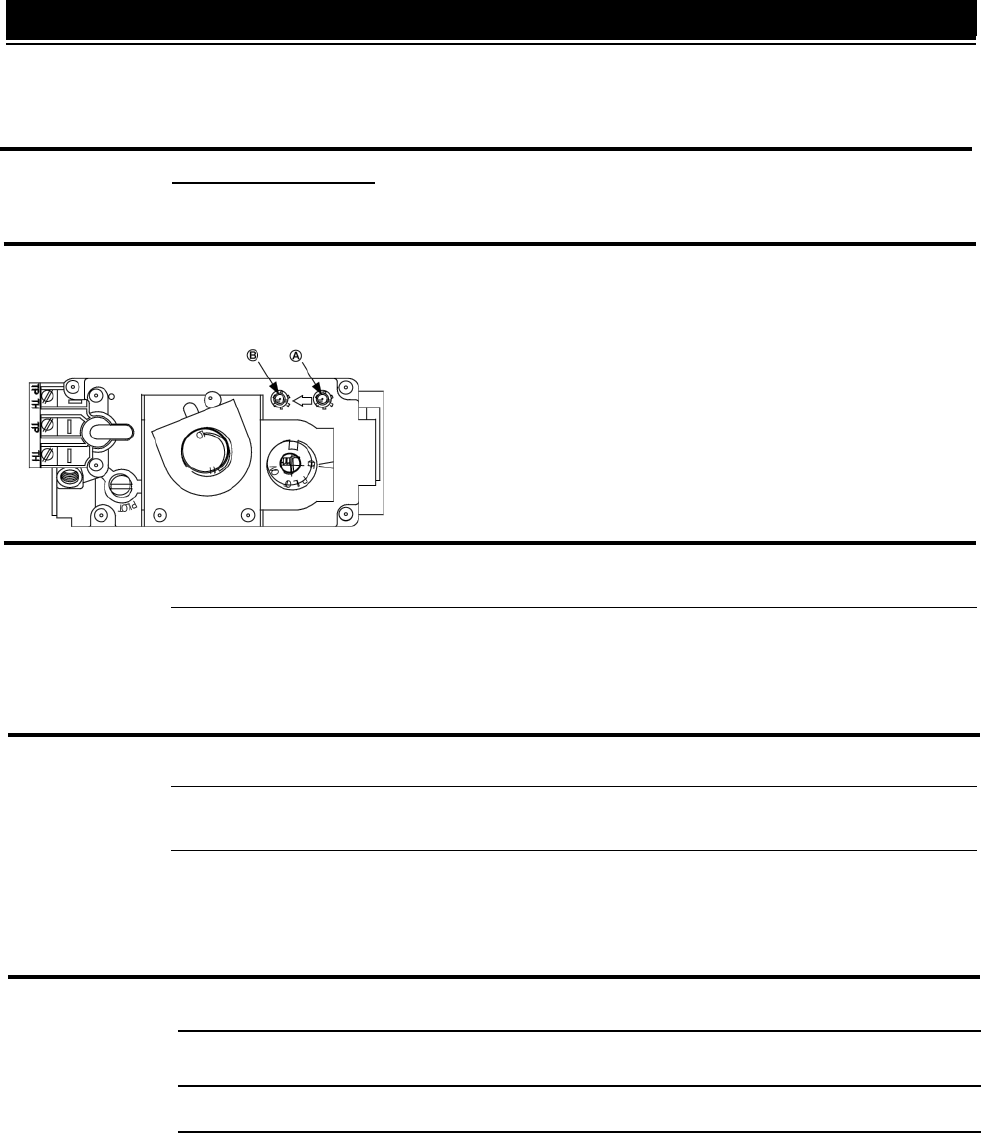
16
W415-0298 / K / 12.06.07
Flames are consist-
ently too large or
too small. Carbon-
ing occurs.
- check pressure readings:
Inlet pressure can be checked by turning screw (A) counter-clockwise
2 or 3 turns and then placing pressure gauge tubing over the test point.
Check with burner operating on “HI”. Gauge should read 7” (minimum
4.5”) water column for natural gas or 13” (11” minimum) water column
for propane.
Outlet pressure can be checked the same as above using screw (B).
Check with burner operating on “HI”. Gauge should read 3.5” water
column for natural gas or 10” water column for propane.
AFTER TAKING PRESSURE READINGS, BE SURE TO TURN SCREWS
CLOCKWISE FIRMLY TO RESEAL. DO NOT OVERTORQUE.
Leak test with a soap and water solution.
Unit is over-fi red or under-
fi red.
Remote wall switch
is in “OFF” position;
main burner comes
on when gas knob
is turned to “ON”
position.
Wall switch is mounted up-
side down
- reverse.
Faulty valve.
- replace.
- replace.
Remote wall switch is ground-
ing.
- check for ground (short); repair ground or replace wire.Remote wall switch wire is
grounding.
Carbon is being de-
posited on logs or
combustion cham-
ber surfaces.
Air shutter has become
blocked
- ensure air shutter opening is free of lint or other obstructions.
Flame is impinging on the
logs or combustion cham-
ber.
- check that the logs are correctly positioned.
- *open air shutter to increase the primary air. See air shutter open-
ings, page 13.
- check the input rate: check the manifold pressure and orifi ce size as
specifi ed by the rating plate values.
Exhaust fumes
smelled in room,
headaches.
- increase fresh air supply. (Use one of the methods described in ANSI
Z223.1 Section 5.3 or the applicable local code.)
Not enough combustion air.
- increase fresh air supply. (Use one of the methods described in ANSI
Z223.1 Section 5.3 or the applicable local code.)
Not enough ventilation air.
Flame is impinging on the
logs or combustion cham-
ber.
- check that the logs are correctly positioned.
- open air shutter to increase the primary air. See air shutter open-
ings, page 13.
- check the input rate: check the manifold pressure and orifi ce size as
specifi ed by the rating plate values.
Pilot goes out while
standing; Main
burner is in ‘OFF’
position.
Gas piping is undersized. - turn on all gas appliances and see if pilot fl ame fl utters, diminishes or
extinguishes, especially when main burner ignites. Monitor appliance
supply working pressure.
- check if supply piping size is to code. Correct all undersized piping.
Main burner will not
light, or is slow to
light; noisy pilot.
Adjust inlet pressure to ensure maximum 7.0” W.C. at gas valve for
Natural gas and 13.0” W.C. for Propane.
Inlet pressure too high.
Pilot fl ame blowing off, miss-
ing thermopile.
SYMPTOM PROBLEM TEST SOLUTION
* Check for ceiling or oscillating fans that maybe infl uencing the fl ame.



